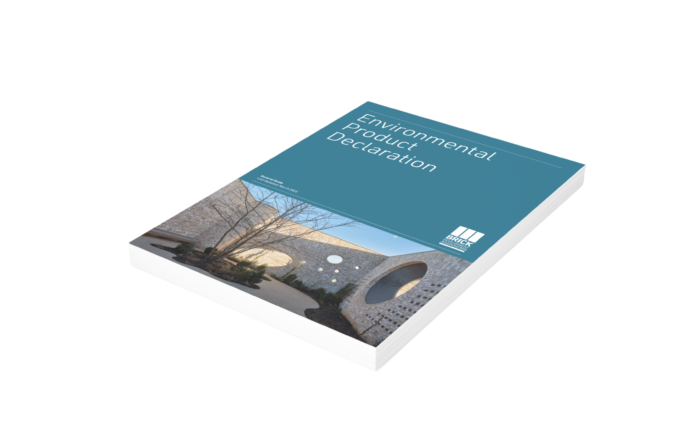Frequently Asked Questions
What is an EPD?
An EPD is a standardised document detailing a product’s life cycle environmental impact.
Why are EPD important?
EPD promote transparency and enable informed decisions about the environmental impact of products.
How can EPD be used?
EPD inform decision-making in sustainable building practices and product selection.
What information does an EPD contain?
An EPD includes environmental performance indicators covering resource use, energy consumption, greenhouse gas emissions, and other environmental factors across the product’s life cycle.
How are EPD created?
Life Cycle Assessment (LCA) methodology is used to assess environmental impacts throughout a product’s life stages.
What are the different types of EPD?
EPD can be categorised in a few different ways, depending on the specific aspect being considered. Please refer to the ‘Types of EPD’ section of this guidance document for more information.
How is data quality ensured in EPD?
Following established standards and verification by independent bodies helps ensure data quality.
What standards are used for EPD?International standards like EN 15804 & ISO 21930 (construction products), ISO 14025 and ISO14044 (the standard for Life Cycle Assessment) guide the development of EPD. In addition, ECO Platform (https:// www.eco-platform.org/home.html) works to clarify areas of uncertainty in EPD standards and harmonise practice between different EPD Programmes; its standards are public: (https://www.eco-platform.org/o...)
How long are EPD valid for?
EPD are typically valid for five years. Some manufacturers may update an EPD before it expires to reflect its latest efficiency gains, composition or new technologies that improve the results. After five years, an EPD can be extended for a further five years, providing the manufacturer can give sufficient evidence that no significant changes have occurred to the manufacturing process.
How to check the validity of an EPD?
There are a number of ways to check the validity of an EPD, these include (but are not exclusive to)
- Look for the Validity Period: Most EPD have a validity period explicitly stated in the document. This is typically found on the first page or within the general information section. EPD are generally valid for 3 to 5 years.
- Check the Date of Issue: Even if a validity period isn’t explicitly stated, look for the date of issue of the EPD. If the EPD is significantly older than 5 years, it might not reflect current environmental impact.
- Third-Party Verification: EPD undergo verification by an independent body. This adds credibility and ensures the EPD adheres to relevant standards. Look for a mention of verification and the verifying organization within the EPD.
- Program Operator Information: The EPD should reference a program operator who oversees its creation and validity. If provided, visit the program operator’s website to see if there are updates or extensions related to the specific EPD.
- Contact the Manufacturer: If the EPD lacks clear information on validity, you can contact the manufacturer directly. They can confirm the EPD current status and any updates available.
Download our Guide
Download our guide to learn more about environmental declarations and their application to clay brick.
